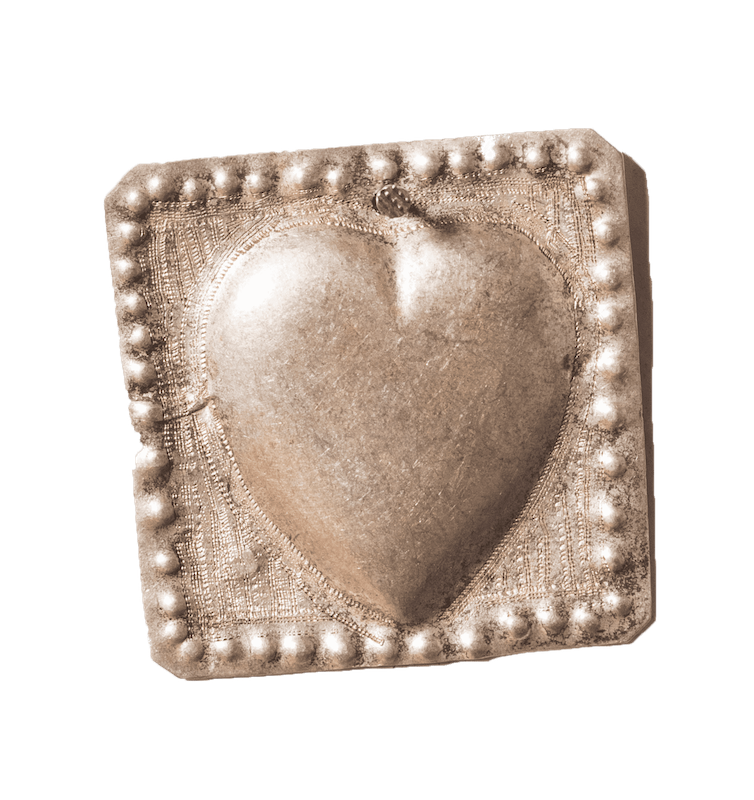History behind the piece
The votive offerings or exvotos have been present in many cultures around the world and depending on the intention they wish to express they can take various forms, either as rituals, donations, prayers, paintings or even small figurines that symbolize belongings, animals, food or parts of the body.
Basically, a votive offering is an object offered to a divinity as payment for a granted miracle; that is, an offering, usually to a saint in gratitude. The art of the votive offering embodies the materialization of this promise.
The word exvoto comes from the Latin "ex voto", which means "coming from a vote". In fact, the word “votum” gave rise to both the term exvoto and the term devotion. The votive act and the exvoto in itself are also the expression of an admiration, of a reverence towards the saint, without ceasing to be the result of a calculation by which the donor tries to neutralize, and even annex, the supernatural.
The votive offerings have its origin in the Egyptian and Mesopotamian civilizations, and at that time they were normally made in bronze. According to history, the practice of depositing these pieces in religious enclosures also spread throughout Europe, including Spain; in fact, in the Andes, they had their appearance during the viceregal era.
For the XIX century the realization of another type of votive offerings became popular: pictorial ones; and by the XX they began to attract the attention of collectors for being popular artistic expressions inscribed outside the academy and the dominant techniques.
As the researchers explain, the votive offerings represent an exchange between the earthly and the sacred: “(The votive offerings) not only express gratitude for a unique and singular event; they also seek to strengthen the relationship and communication between the human and the divine so that it extends in effectiveness and duration over time, as well as to spread the importance of that relationship among those who come to know its benefits”.
This specific piece is an embossed votive offering on silver foil, by an unknown author, which features an icon commonly called a “votive heart”. This one shows a stylized heart as a testimony of a deep surpassed and spiritualized pain; therefore, it alludes to a rebirth after despair. Votive offerings of this type can be truly liberating for their owners, since they keep memories of past sufferings.


